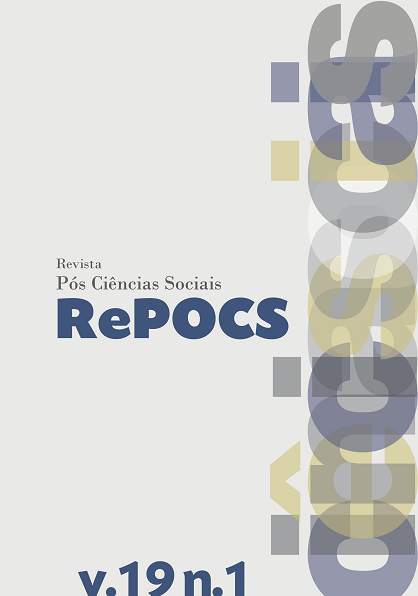DOES THE SPATIAL PROXIMITY TO STRUCTURES OF OPPORTUNITIES MITIGATE NEIGHBORHOOD EFFECTS? ASSESSING FUNCTIONAL RELATIONSHIPS BETWEEN THE POPULATION OF THE SHANTY-TOWN VALE DAS PEDRINHAS AND ITS SURROUNDING AFFLUENT GATED COMMUNITIES
DOI:
https://doi.org/10.18764/10.18764/2236-9473v19n1.2022.8Keywords:
Pobreza urbana, Segregação, Efeito-território, Estruturas de oportunidades, Políticas urbanasAbstract
Abstract
In this research we will assess the impact of neighborhood effects on the lives of the poor inhabitants of Vale das Pedrinhas, Salvador, Brazil. On the basis of interviews, we will inquire under which conditions the proximity to affluent neighborhoods widens their opportunities of socioeconomic integration. We can attest the existence of neighborhood-level operating mechanisms, which either constrain the individuals’ living conditions, such as the influence of drug trafficking, or entail positive effects, like the neighborhood’s strong commercial infrastructure. The functional relationships between the socially distant groups have suffered from a set of disruptions mostly detrimental to the poor population’s socioeconomic integration. The access to structures of opportunities is conditioned by the neighborhood’s degree of functional autonomy, the population’s functional embracement vis-a-vis its affluent surroundings, the impact of spatial isolation on the individual’s self-perception and the impact of crime. In conclusion, we strongly advocate the implementation of urban policies capable of widening the individual’s opportunities at neighborhood level.
Downloads
Downloads
Published
How to Cite
Issue
Section
License
Copyright (c) 2022 Revista Pós Ciências Sociais

This work is licensed under a Creative Commons Attribution 4.0 International License.
Direitos autorais Revista Pós Ciências Sociais
Este obra está licenciado com uma Licença Creative Commons Atribuição 4.0 Internacional.


